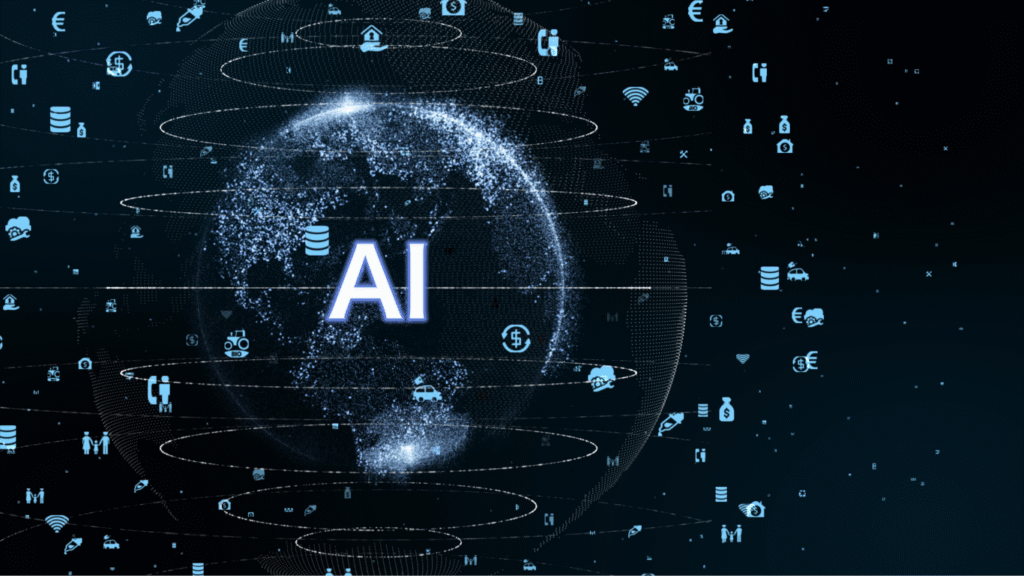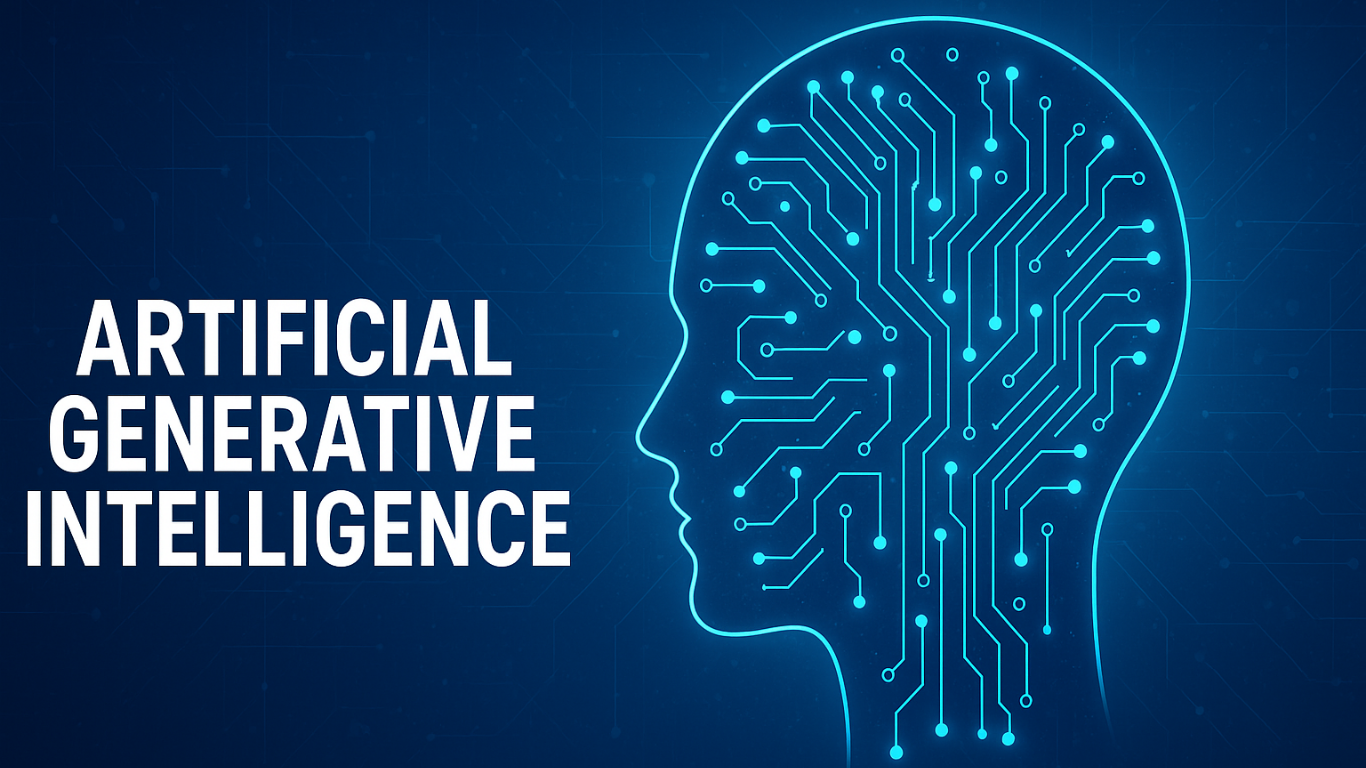Artificial Generative Intelligence (AGI) is becoming an important topic of discussion in the technology sector. While many people are familiar with terms like Artificial Intelligence (AI) and Generative AI, AGI represents a further advancement in this field.
Its remarkable ability to learn, reason, and address various intellectual challenges like humans is a key feature. Moreover, AGI goes beyond simple content generation; it can think independently and adapt to various tasks. This development is intriguing and opens up exciting possibilities across different domains.
And, current generative models like GPT-4 are designed to address specific tasks effectively. In contrast, AGI aims to replicate human-like thinking in a more adaptable and self-improving way. This shift has the potential to significantly transform industries and enrich our daily lives, opening up possibilities that inspire both imagination and excitement!
What is AGI?
Artificial Generative Intelligence (AGI) represents a revolutionary vision of AI that aims to replicate human-like cognitive abilities, including understanding, learning, and applying knowledge in ways that surpass the task-specific skills of current AI systems.
The opportunities for innovation and creativity are limitless when machines can reason and adapt like we do. Instead of merely advancing technology, this represents a significant leap into a realm where artificial intelligence can think and behave like humans.
- General intelligence: Artificial intelligence is capable of solving problems for which it has not been programmed.
- Adaptability: It can switch between domains and adapt its knowledge.
- Self-improvement: It’s capable of learning from its mistakes and improving.
In contrast to generative AI, such as ChatGPT and Midjourney, AGI would go farther-learning why prompts exist, challenging them, and even coming up with new solutions.
AGI vs. Generative AI vs. Narrow AI
| Feature | AGI | https://generativeai.net/Generative AI | Narrow AI |
| Reasoning & Logic | Abstract reasoning and learning | Limited | Pattern-based |
| Example | Not yet realized (theoretical) | GPT-4, DALL E | Siri, Google Translate |
| Scope | Problem Solving | Creative Tasks | Task Specific |
| Adaptability | Very high | Low | Medium |
Core Components of AGI
An Artificial Generative Intelligence must combine several key components:
Neuroscience-Inspired Architectures
AGI is on an exciting journey to understand how the human brain remains so adaptable. Companies like DeepMind and OpenAI are exploring the fascinating workings of the neocortex, aiming to replicate its remarkable thinking processes. It’s wonderful to see such innovative efforts in action.
Meta-Learning (Learning to Learn)
AGI systems should focus on not just learning from data but also on understanding how to learn effectively. This involves recognizing different learning approaches, being willing to adjust strategies, and applying abstract thinking when necessary.
Memory and Long-Term Understanding
For AGI to be truly effective, it needs to have a strong memory and the ability for long-term planning. This differs from our current AI systems, which typically have short-term memory. It would be advantageous for AGI to remember past experiences and apply that knowledge to various situations.

World Modeling
It is crucial for AGI to genuinely understand how the world operates, including both physical realities and emotional nuances, rather than just simulating understanding. This requires investigating the reasons behind events and developing a deeper appreciation for the context of different situations.
Current Developments Toward AGI
Although artificial general intelligence (AGI) is still under development, many companies are actively pursuing its realization.
- OpenAI: The goal is to create artificial general intelligence (AGI) that helps everyone. Their latest models, like GPT-4 and ChatGPT, are viewed as important steps toward reaching AGI.
- DeepMind (a Google company):Made AlphaGo, AlphaFold, and Gemini, which really pushed forward the game in support of learning and world-modeling techniques.
- Anthropic: Made AlphaGo, AlphaFold, and Gemini, which really pushed forward the game in reinforcement learning and world-modeling techniques.
- Microsoft & Meta: Fostering investment in research focused on multi-modal models and cognitive architecture.
Although there is significant excitement surrounding these companies, none of them claim to have achieved AGI yet. However, their ongoing research is contributing to the foundational infrastructure necessary for its development.
Conclusion
Artificial Generative Intelligence (AGI) represents more than just an advancement in current AI technologies; it signifies a major shift in the field of machine intelligence. If achieved, AGI could help tackle some of humanity’s most complex challenges, but it also requires careful attention to the associated risks.
As we progress into the future, it is important to embrace ethical foresight, encourage global cooperation, and prioritize transparent research. The potential of AGI lies not just in its capabilities, but also in our shared responsibility to use it wisely and thoughtfully.



